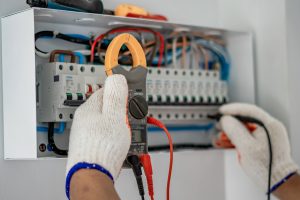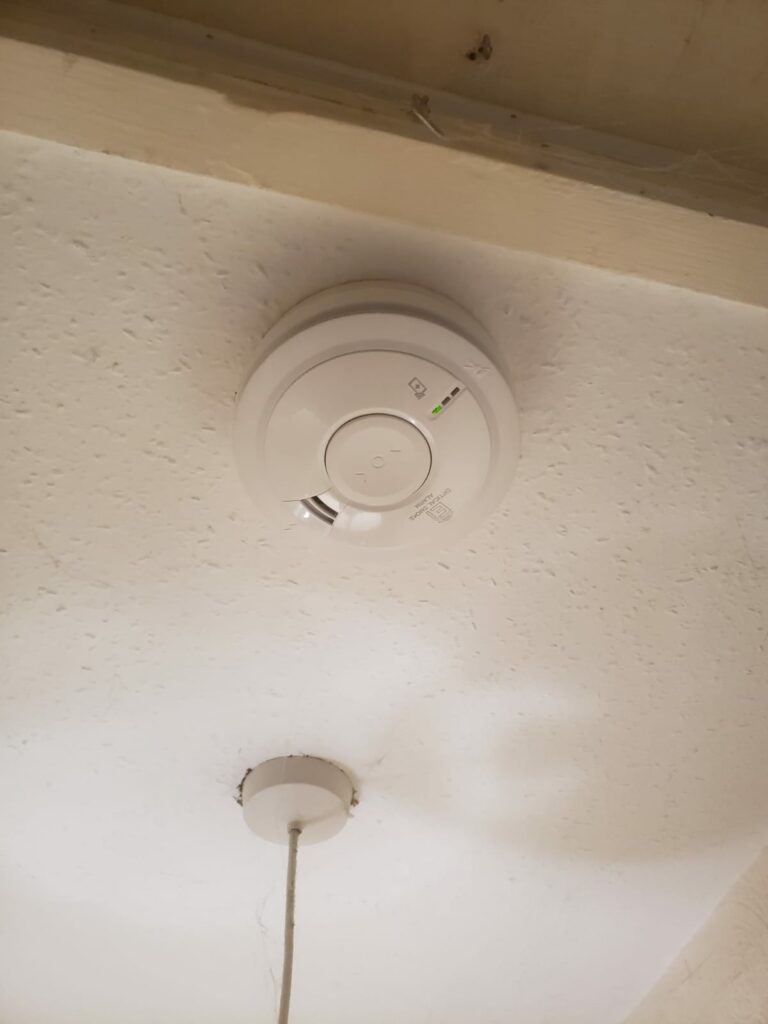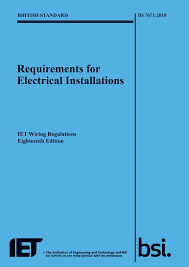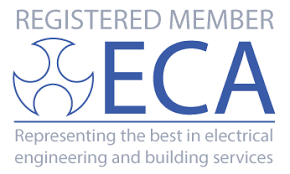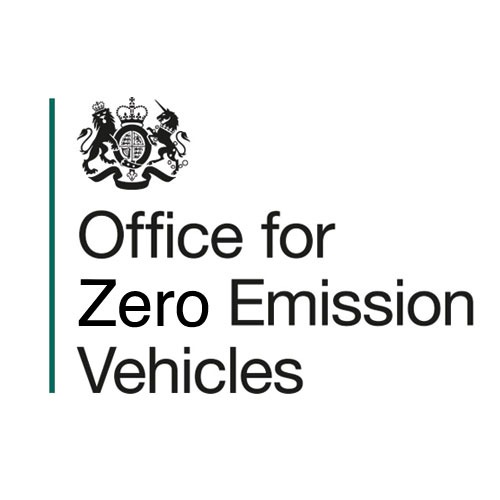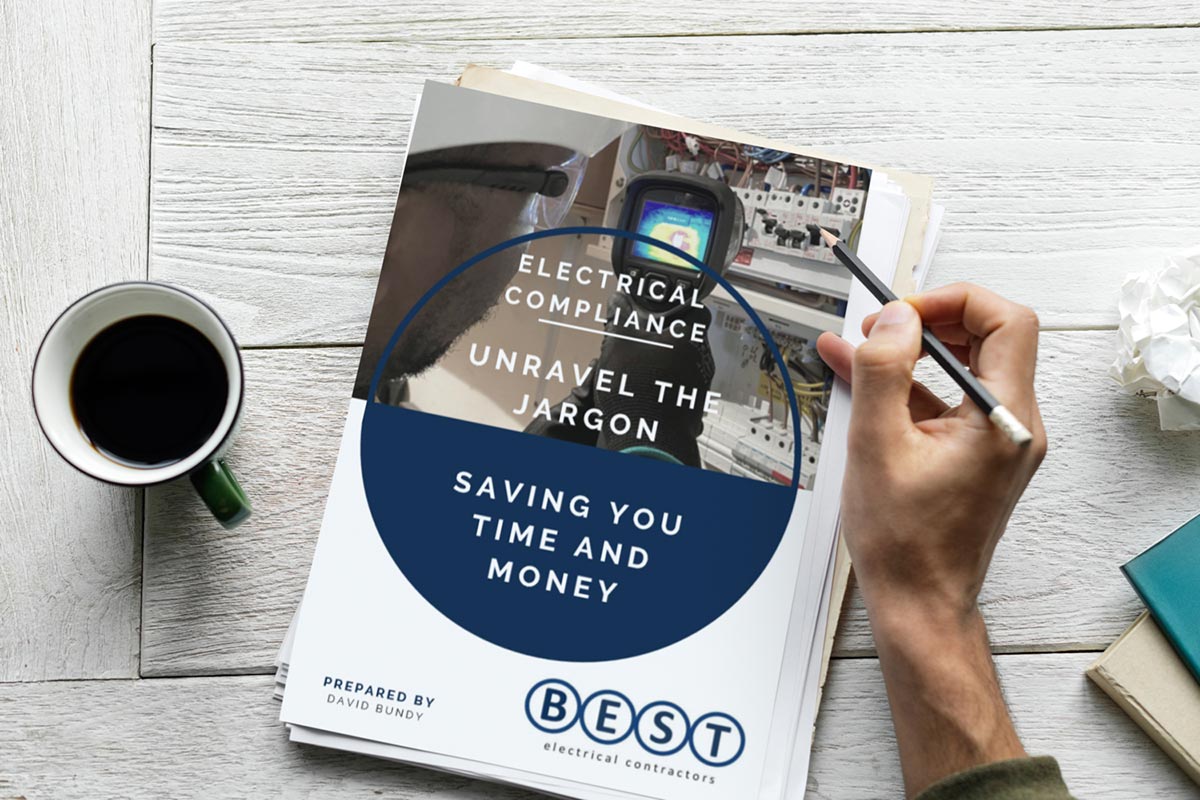If you’re looking to cut energy bills, extend the life of your electrical equipment, and reduce carbon emissions, voltage optimisation is a proven solution. But what exactly is it, and how does it work? This guide explains the process, benefits, and why it could be the right energy-saving technology for you.
What Is Voltage Optimisation?
Voltage optimisation (VO) is an energy-saving technology that regulates and stabilises the incoming electricity supply to ensure your equipment only receives the voltage it actually needs.
In the UK, the electricity supply is set at 230V, but in reality, many sites receive 240V or more. Since most appliances run best at around 220V, the extra voltage is wasted as heat and unnecessary wear.
Voltage optimisation prevents electrical equipment from running at the higher voltage and so runs at its optimum voltage, giving it greater efficiency and so cost savings, both on the life of the equipment and the running costs of electricity.
Voltage optimisation also smooths out voltage spike and drops, protecting sensitive equipment. As most things these days are controlled via electronic chips, including LED lighting, this can be an asset.
Types of Voltage Optimisation
- Fixed Voltage Optimisation – Reduces voltage by a set percentage. Best for locations with consistently high supply.
- Dynamic Voltage Optimisation – Continuously adjusts to supply fluctuations, providing maximum efficiency and protection and is usually installed in industrial locations or where there are several motors. This can help reduce commercial energy costs.
Benefits of Voltage Optimisation
· 1. Lower Energy Bills
- Cut energy costs by up to 10–15% by removing wasted voltage.
· 2. Extended Equipment Lifespan
- Reduced strain means appliances and machinery last longer.
· 3. Improved Power Quality
- Stabilised voltage protects electronics from spikes and harmonics.
· 4. Lower Carbon Footprint
- Reduced energy usage directly cuts CO₂ emissions.
· 5. Fast Return on Investment
- Most systems pay for themselves within 3–5 years through savings.
Voltage optimisation and solar PV
During long summer days when solar PV is generating at its peak, there can be excessive energy flowing into the grid. While solar inverters regulate the energy as it converts DC current into AC current, there can still be excessive voltage flowing through the electrical installation. A voltage optimiser stabilises this voltage making the system more efficient. High voltage currents will also affect the charging of electric vehicles as most charge points have software designed not to operate if the voltage is too high. This is to protect both the charge point and the vehicle being charged.


